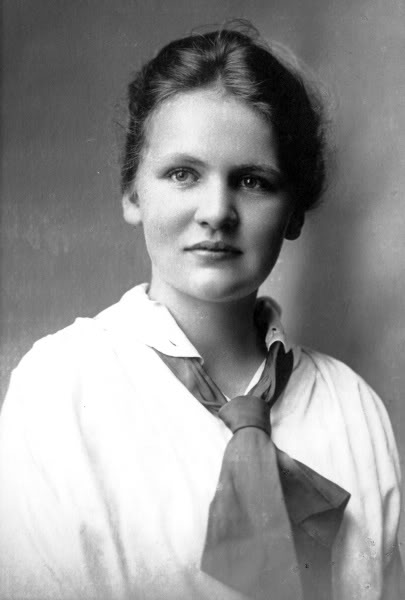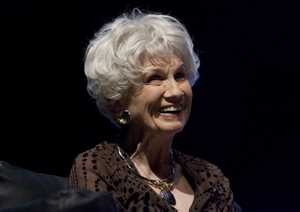Let’s begin with a proposition—that Munro, like all great literary artists, repays re-reading with great dividends. I imagine that many of the students in the Fall will not have read a whole lot of Munro, for any number of reasons. Well, there is no reason to “save” her for the Fall—why not pick up a volume or two this summer and immerse yourself in her strange yet familiar world.


How one reads a writer like Munro will sometimes depend on what tradition you find her to be working in. Some will see her as the master craftsman that recalls Anton Chekhov and William Trevor, (two authors with whom she is often grouped). Others have a national focus, and a gendered focus, seeing her in a corpus with Margaret Atwood, or Margaret Laurence. Her regionalism calls to mind a William Faulkner or other American Southern writers like Eudora Welty or Flannery O’Connor. I can’t help thinking of the inner perceptiveness of a Virginia Woolf when I read her work, or two other international woman writers whose attention to craft and keen insights align well with Munro: Nadine Gordimer and Anita Desai.
In the summer, outside of the usual semester grind, there may be more of an opportunity to be able to savor what you read rather than have to finish it with speed. Forget about what tradition Munro belongs in, and read for the pleasure of the text. If you find the focus, you will be dazzled, wondering “how did she do that?” There are repeated motifs, some similar constructions, etc., but I would submit that each of these stories are highly individual, precise, self-contained.
Some ridiculous French intellectual has opined that the short story is a minor form (I’ve heard other French intellectuals parrot this remark). I submit to Monsieur “Novel” any collection of stories by Alice Munro. Richness of characters, fullness of vision, structural excellence, insight and wisdom will be found—for me, the earmarks of great art.
Munro has roughly 12 collections of short stories and one novel. Begin anywhere—go to a used bookstore and select what’s there. I’ve recently taken two books out of French libraries (The Progress of Love, and The Love of a Good Woman.) Or you might choose to go pick up Selected Stories (our text) and pick around in it. Enjoy.